3 Cities You Should Visit In Kyushu Island, Japan
May 31, 2019 • 35 views
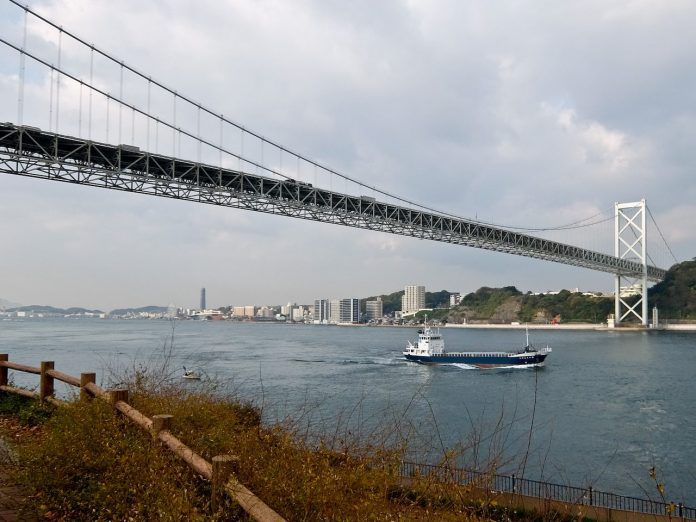
Kyushu is the third biggest island in Japan, has the largest collection of hot springs, one of Japan's largest castles and the world's only toilet museum.
Kyushu is the third largest island in Japan and the most South westerly. Most people visit Nagasaki and get no further but it's worth exploring the rest of the island.
There’s volcanic activity here, with eruptions are recent as 2018,and you can hike the rim of the world's largest caldera crater. For something more relaxing immerse yourself in the largest collection of hot springs in Japan, eating food cooked in the steam, and don't forget to pay a visit to the world's only toilet museum.
Beppu
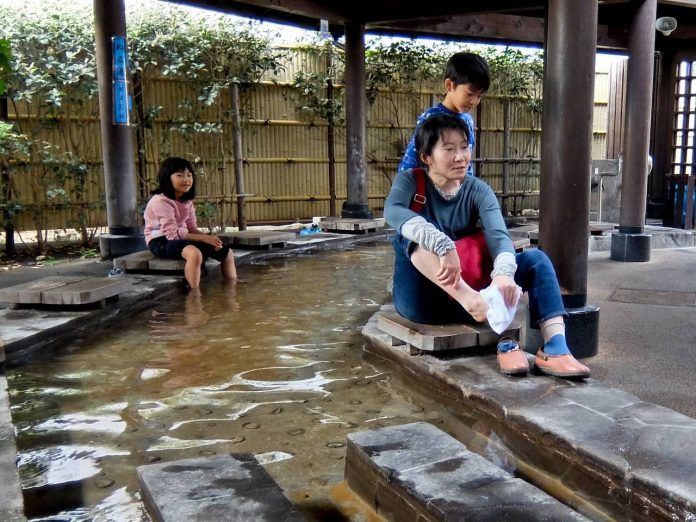
The largest collection of hot springs in Japan is found in Beppu, around a four hour train ride east of Nagasaki. Every day 100 millions of litres of hot water gush from the ground creating dense plumes of steam that makes you think the town is on fire. In the suburb of Kannawa you'll find a range of onsens(hot baths), from basic public
ones to luxury pools in upmarket boutique hotels. Be aware that complete nudity is obligatory although the sexes are separated.
In fact all over Beppu they use the natural hot steam for cooking - you'll be served vegetables like sweetcorn, sweet potato, cabbage and pumpkin or meat including pork belly and chicken. I find tge steamed breakfasts are particularly delicious. I wish I could say the same for the soggy pizza, dripping molten cheese and topped with prawns.

A new Bamboo Craft Museum documents the work of artisans, who started by making baskets for tourists to take home. It’s surprisingly interesting and the exhibits range from the utilitarian to the contemporary. In recent years bamboo craft has been elevated to high art with exhibitions of work in major galleries all over the world. If you’re interested, a master craftsman will teach you the basics.
Kitakyushu
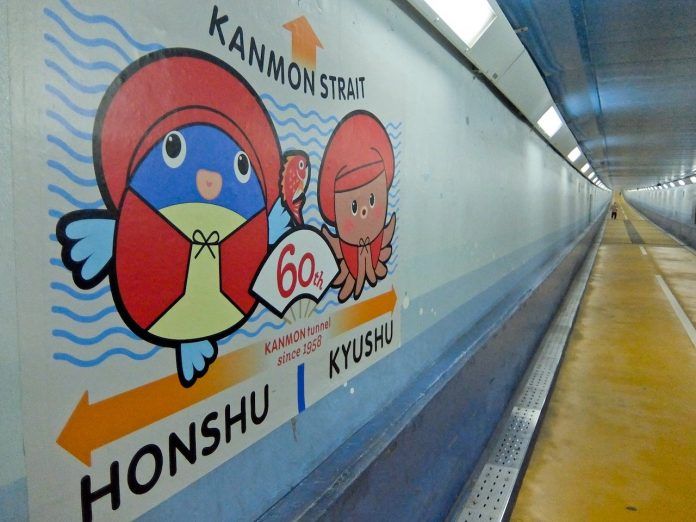
Heading north, it's two hours by train to the industrial port city of Kitakyushu, the original target for the second atomic bomb. Ot was cloudy on the day and the plane was diverted to Nagasaki. It sits across the Kanmon straits from Honshu, Japan’s main island, connected by a suspension bridge and various tunnels. You can walk under the sea to Shimonoseki on the other side and if you do it both ways you’re rewarded with a Kanmon Tunnel Master certificate.
There’s a gallery showing the evolution of toilets and urinals over the years and even historical fittings from the Tokyo US High Command and the Japanese Parliament. Pride of place, though, is given to the Toilet Bike, powered from a waste tank fermenting away on the back.
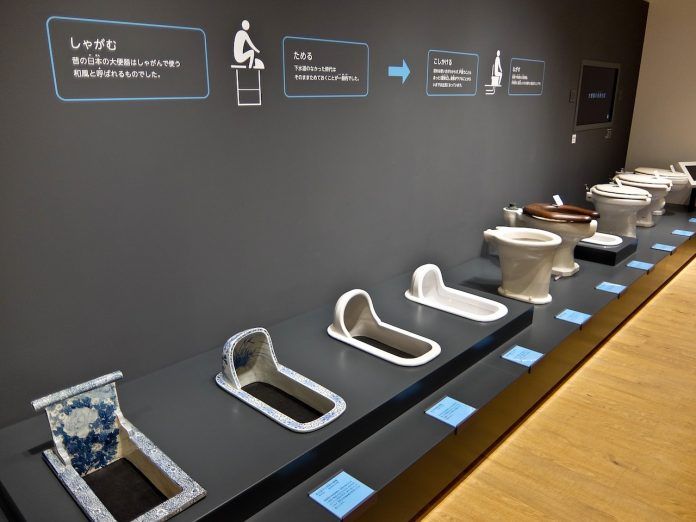
Disappointingly, although you actually sit on a toilet seat, it’s not fully functioning. It seems there might be a problem with naked behinds on Japanese roads.
Kumamoto city
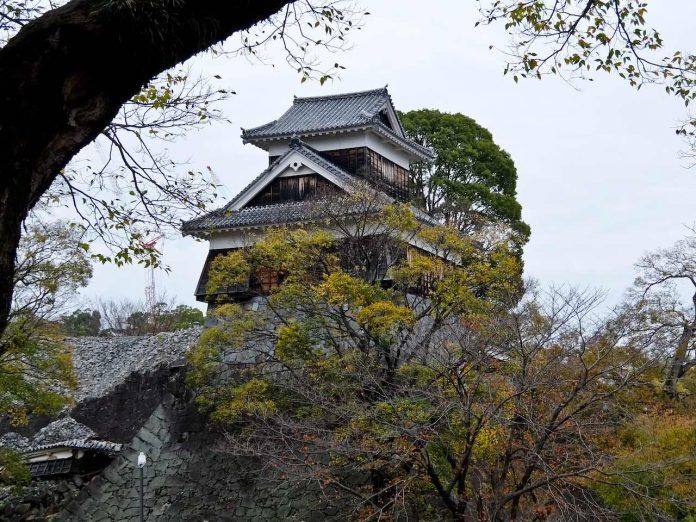
Kumamoto city, two and half hour's South, is where Miyamoto Musashi, Japan's most legendary Samurai warrior, spent his final years before his death in 1645. He lived close to Japan's third largest castle, built between 1601 and 1607,and considered impregnable. Ironically, during the 1877 Satsuma rebellion, government forces managed to hold it during a kong siege of disgruntled Samurai, although the castle keep waa burned down. It was reconstructed in concrete in the 1960’s and the castle underwent further restoration in the late 1990’s.
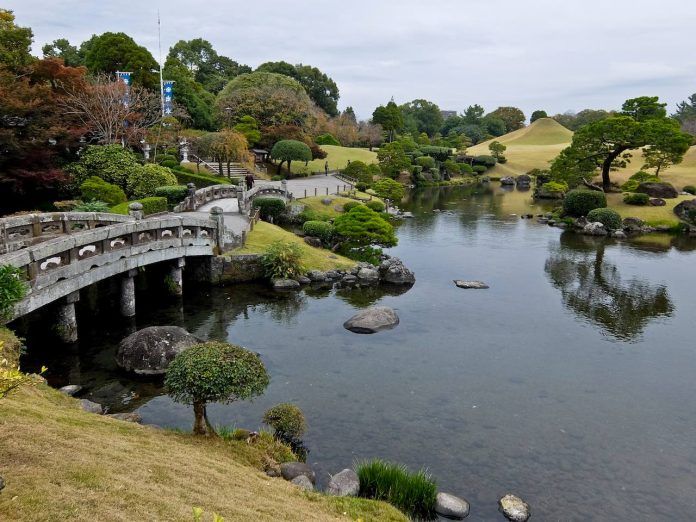
The water in Kumamato has a reputation of being some of the best in Japan, particularly important when you are making sake. The Zuiyo Brewery, founded in 1867,was among the first to start brewing Seishu when Akazake was the only type available. They have their own well and use local rice, originally shipped in by boat. You cam take a guided tour round the factory and finish with a tutored sake tasting. It seems like the perfect end to my tour of Kyushu before flying home.
